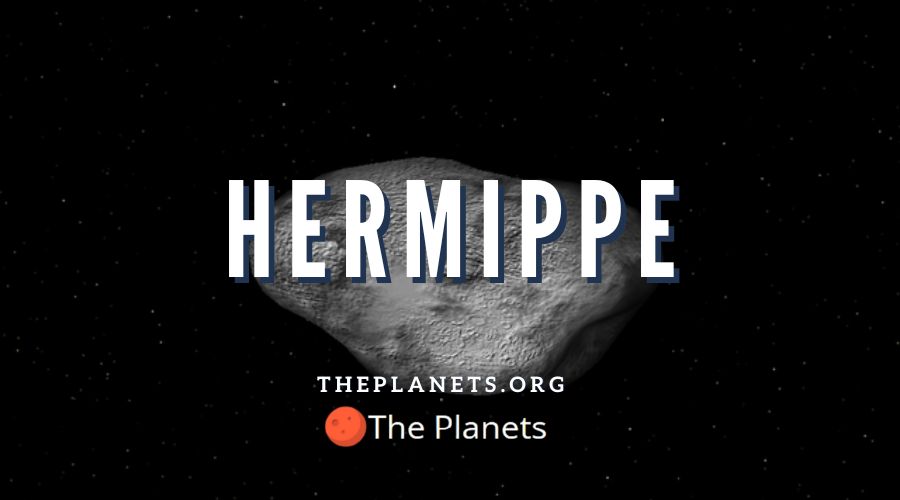
Hermippe is one of Jupiter’s 12 moons that make up the Ananke group, and, as such, it rotates in the opposite direction to its parent planet. It is a non-spherical natural satellite with an irregular orbit pattern.
The Discovery Of Hermippe
Hermippe is one of Jupiter’s more recently discovered moons. It was discovered on December 9, 2001 by a team of astronomers led by David Jewitt, Scott S. Sheppard and Jan Kleyna. These astronomers, from the Institute for Astronomy of the University of Hawaii, identified this natural satellite as one of Jupiter’s previously unknown moons while at the Mauna Kea Observatory.
The Naming Of Hermippe
Before the moon received an official name, it was simply known as S/2001 J3, or, sometimes, as JXXX.
As with many of Jupiter’s other moons with female names, Hermippe gets her name from Greek mythology. Hermippe was one of the many lovers of the god Zeus. In Greek mythology, Zeus is the equivalent to the Roman god Jupiter. The legend holds that Zeus and Hermippe had a son together called Orchomenos.
A name ending in E was chosen by the International Astronomical Union, as all other retrograde moons of Jupiter follow the same pattern.
The Origins Of Hermippe
Hermippe is part of the Ananke group of Jupiter’s moons, which is a group of Jovian satellites thought to have originated from a common asteroid which broke apart into many pieces. Because the moons in the Ananke group have similar orbits, it is likely that they broke off from an asteroid that was pulled into Jupiter’s gravitation. The moons may have broken off before or after the asteroid was pulled in.
As a piece of an asteroid, Hermippe is made up of largely mineral compounds. It may or may not contain some water or ice along with the rock. Some asteroids may also contain organic chemical compounds, but it is not known whether Hermippe contains any material that is not rock. It is not known to support life.
Characteristics Of Hermippe
Hermippe, along with all the other moons in the Ananke group, are retrograde moons, which means that they rotate in the opposite direction to Jupiter’s rotation.
These moons also have elliptical orbits rather than circular ones. This is known as having an eccentric orbit.
Further, Hermippe is an irregularly shaped moon, as are the other moons in the group. This is because it lacks the mass to pull itself into a more round or spherical shape.
Hermippe is a very small moon with a mean radius of only 1.2 miles, or around 2 kilometers. It is estimated to have a mass of approximately 89,920,105,985,832 kilograms and a surface area around 50.27 kilometers. Hermippe is around 4 kilometers in diameter. As with most of the other moons in the Ananke group, it has an orbital inclination of around 151 degrees.
As one of the outer planets, it is located 13.2 million miles from Jupiter. Hermippe takes 634 earth days to completely orbit the planet Jupiter.